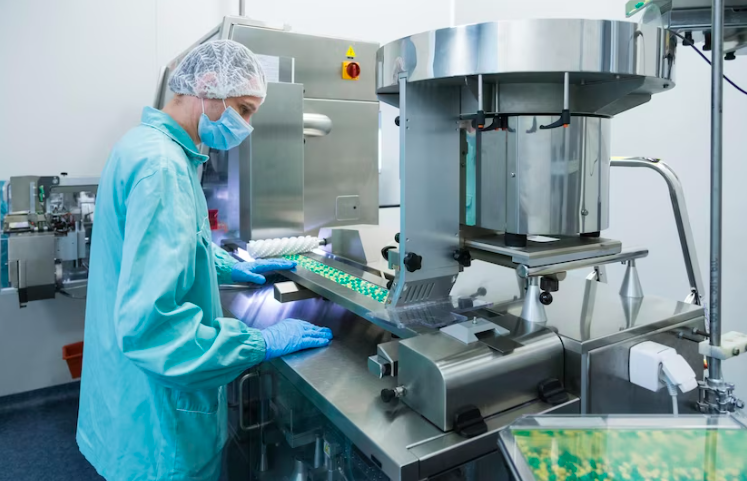
When choosing an industrial dehumidifier for use in a pharmaceutical environment, there are several important steps to ensure that the right equipment is chosen for the job.
Here are some key considerations:
1. Identify the moisture load:
- Determine the amount of moisture that needs to be removed from the space. This will depend on factors such as the size of the space, the number of people working in the space, and the processes being carried out. Other considerations like extraction rate and pressurisation need consideration. Professional Engineers from DST Dryer can support this.
2. Calculate the required capacity:
- Once the moisture load has been identified, calculate the required capacity of the dehumidifier.
- This will depend on the relative humidity (RH) level that needs to be maintained in the space as well as the temperature.
3. Consider the environment:
- Which environment will the dehumidifier will be operating in? For example, if the dehumidifier will be used in a clean room or another sterile environment, it may need to be designed to meet specific standards.
- Often rental units used in these environments don’t consider hygiene as these are often uncleanable from prior works.
4. Choose the right type of dehumidifier:
- There are several types of dehumidifiers to choose from including Refrigerant, Desiccant, and Mechanical. Each type has its own advantages and disadvantages, so it’s important to consider which one will work best for your specific needs.
- Refrigeration is generally effective at over 55% Relative Humidity but below this, desiccant efficiency and compliance make desiccant use viable.
- Amongst desiccants, compare the efficiency of the rotor in L/h per kW input. Also, consider the ability to use waste heat.
5. Look for additional features:
- What other features may be important for your specific application? Does it require a filtration standard, remote or an onboard control?
- Regeneration options such as electric, hot water, gas or steam.
6. Consider maintenance requirements:
- This may include cleaning access to all internal components.
- Some units from DST and other brands may need to be fully unassembled for cleaning or replacing heaters and drive motors.
- Also, consider filter changes, cleaning, and regular inspections.
- Make sure that you have a service plan in place to keep the dehumidifier running smoothly over the long term. DST currently schedule service and maintenance checks.
Should you require any advice, do not hesitate to reach out!

